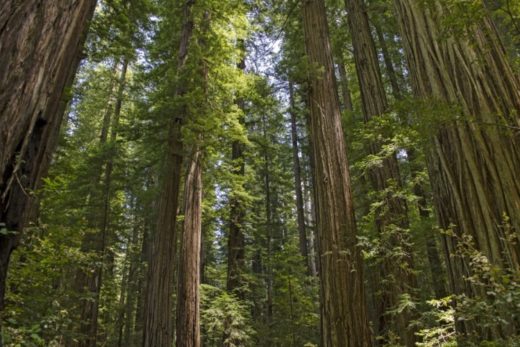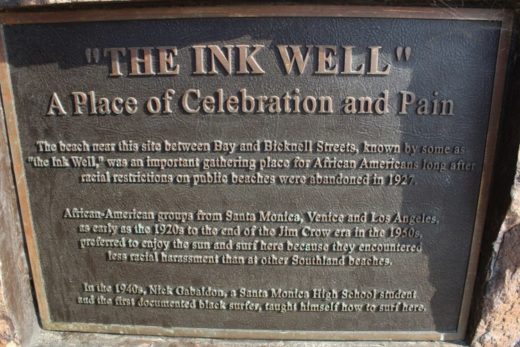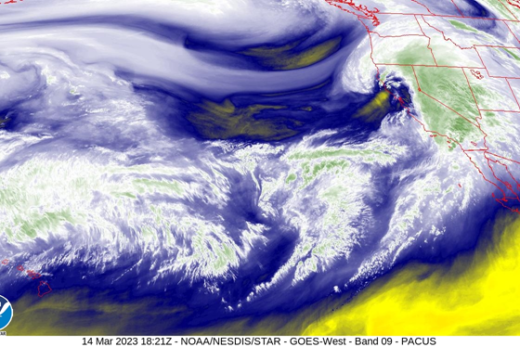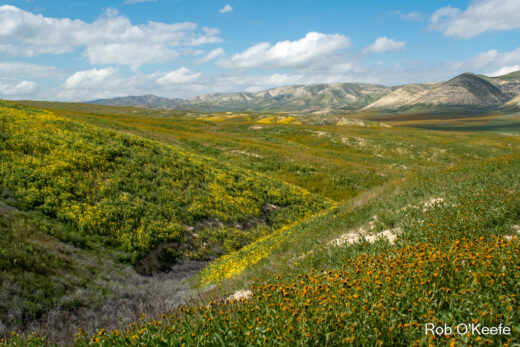
Many people who know California will tell you that Ventura is north of Los Angeles. Their perceptions are further examples of how a state with such an unusual shape can play geographic tricks on all of us. Like so many landmarks within the west-east trending Transverse Ranges, Ventura is west of L.A. As you check your maps to confirm this, note that it is also farther east than Fresno or Lake Tahoe. A discussion about how the Big Bend in the plate boundary we call the San Andreas Fault System has helped build these Transverse Ranges can be found within our sections on geology and geomorphology. Here, we will explore some Ventura history and culture.
[mapsmarker map=”5″]Some of the densest populations of Native Americans and their villages once thrived in this region, culminating a long history dating back more than 10,000 years. But the Chumash people’s culture was interrupted when the first Europeans explored this coast in the 1500s. These native people and their cultures would nearly be destroyed after 1769 when the Spanish invaded, settled, and controlled California with their missions, pueblos, and presidios.
By the time the Spanish established their 21 missions, diseases had killed off most of the Chumash; the Mexicans and Americans would bring more brutality, suffering, and losses. And so it is true that the Catholic Church’s and popular culture’s celebration of Junipero Serra’s founding of the first missions is now criticized and even condemned by those who sympathize with the native people and their struggles through this tragic history.
San Buenaventura’s mission was established in 1782 and it is as beautiful as ever in a place that many of today’s residents still consider paradise. So as you view these images of 2018 Main Street, Ventura, note how the layers of sequent occupance call out for more attention within a landscape and history that is far more complex below its surface.

People in today’s Ventura continue to adapt and react to natural hazards that include fires (such as the largest wildfire in California history that nearly burned through this city in December 2017), floods, and earthquakes. And they continue to celebrate the cool sea breezes of summer and warm Santa Ana winds of fall and winter. From the beaches to the agricultural plain to the coastal sage and chaparral on surrounding hillslopes, you will find reminders that this is a unique Mediterranean environment that is not northern California, but is also quite different from southern California’s beach cities to the south.
As this small city and its suburbs continue to gobble up surrounding agricultural land, today’s issues, debates, and problems are familiar to most other California cities. Learning from history, planning for growth, solidifying a collective identity, and building a brighter future for a diverse population are often centerpieces in these discussions. Note how the physical and human geography calls out to you from Main Street.




